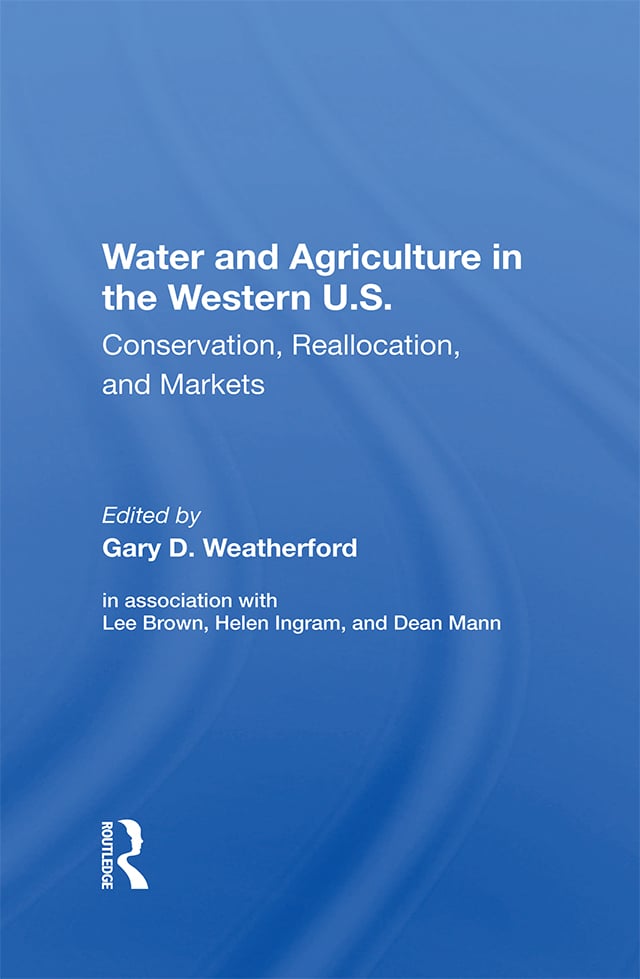Water And Agriculture In The Western U.S.
Water And Agriculture In The Western U.S.
One of the major questions facing the western U.S. is whether irrigation water can be conserved and reallocated to help meet increasing nonagricultural water demands. This book, based on interdisciplinary research in several states, identifies and an...
Read more
One of the major questions facing the western U.S. is whether irrigation water can be conserved and reallocated to help meet increasing nonagricultural water demands. This book, based on interdisciplinary research in several states, identifies and analyzes the legal, political, economic, and social issues involved in a "conserve-and transfer" strategy. After providing an overview and policy framework for considering the role of conservation in water management, the authors use case studies to illustrate, for example, why water conservation is not a neutral policy or principle (demonstrating how other legitimate values can be adversely affected by a single-purpose pursuit of conservation); the various options available for conservation; how reallocation occurs in market transactions; and the legal restrictions on the sale of conserved surplus water. Although formal market mechanisms are found to be rudimentary or lacking in most areas of the West, the authors contend that more proficient markets will evolve to measure the economic value of agricultural water. They conclude that a "conserve-and-transfer" strategy is selectively workable through the use of incentives, but that a number of tradeoffs, social concerns, and institutional constraints, which have not been adequately recognized to date, will have to be dealt with by policymakers if the strategy is to have wider application.
Less








.jpg)




















